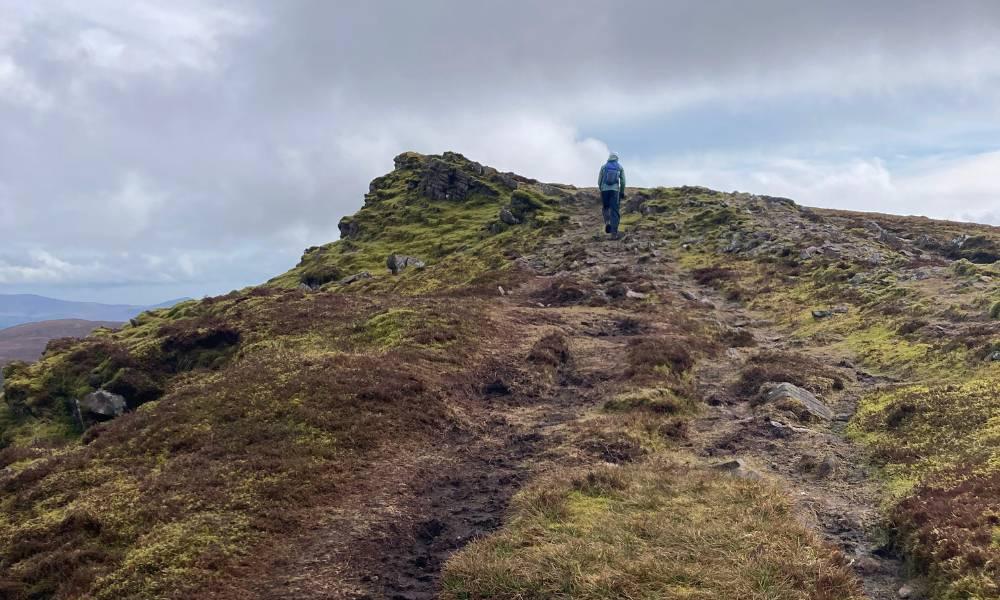In the world of mountain running, championships are the pinnacle of competition. However, the organisation of such events has historically posed challenges, both logistically and financially. Robbie Williams, the High Performance Director in the IMRA National Committee, sheds light on the evolution of these championships and how recent changes have streamlined the process for athletes and organisers alike.
Traditionally, the calendar comprised of both European and World Championships in the same year meaning managing multiple events annually came with their own logistical and financial demands. Williams notes that prior to the changes, the landscape was fragmented, requiring extensive fundraising efforts and logistical juggling to support athletes across various competitions.
Williams explains, "Each competition required its own set of resources, from funding to gear, and managing multiple trips was logistically taxing."
However, a significant shift occurred when organisers amalgamated the championships into a more cohesive structure. Now, instead of scattered events throughout the year, running enthusiasts can anticipate a unified approach. Williams elaborates on the current format, "We now have either a World or European Championship each year."
This consolidation brings clarity and efficiency to the championship calendar. Williams highlights the benefits of this approach, emphasising the streamlined process for athletes and organisers. "Having everything condensed into one weekend or one week alleviates the pressure of managing multiple events," he states. "It simplifies logistics and allows athletes to focus on their performance rather than logistical concerns."
Williams details the variety of races offered, including uphill, up and down, and long-distance categories, alongside junior competitions. "By consolidating races, we've created a more competitive environment," Williams observes. "Athletes have the opportunity to showcase their skills across different terrains, fostering a deeper pool of talent."
To ensure fairness and inclusivity, Williams explains the approach to selecting athletes for championship events. Rather than standalone trials, organisers integrate selection criteria within an existing race. "We aim to incorporate trial races within existing events," Williams explains. "This not only simplifies the selection process but also ensures that athletes are competing in a realistic environment."
By integrating trials into a race, selectors can gauge athletes' performances under competitive conditions, leading to a more robust selection process. Williams highlights the positive impact on athlete development, noting that the new approach encourages participation and fosters confidence among aspiring runners.
For example, the Maurice Mullins 50k this weekend will also serve as a trial race for the ultra. "In the past, standalone trials could be demoralising for athletes, especially if participation was low," Williams reflects. "Now, athletes have the opportunity to showcase their abilities in competitive races."
As ultra running continues to gain popularity worldwide, the evolution of championship structures plays a crucial role in sustaining the sport's growth. Through collaboration and innovation, people like Robbie Williams and the IMRA National Committee are paving the way for a more accessible and competitive mountain running landscape.
As Williams looks ahead to the upcoming European Championships in Annecy, he remains optimistic about the future of mountain running.
Featured Image: Mags Hassett
